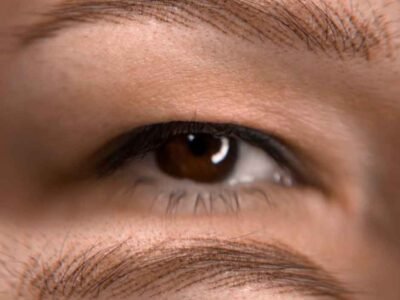In non-surgical cosmetic procedures, polydioxanone thread treatment has been gaining significant popularity. This groundbreaking method provides individuals with a minimally invasive approach to attain a revitalised and youthful appearance, eliminating the necessity for conventional facelift surgery. Suppose you’re curious about this procedure and consider it as an option for yourself. In that case, this step-by-step guide will provide you with a comprehensive overview of what to expect during a polydioxanone or PDO threads treatment.
Step 1: Consultation and Assessment
The first crucial step in getting a polydioxanone threads treatment is to schedule a consultation with a qualified and experienced practitioner. In the course of this consultation, your practitioner will examine your concerns, assess the condition of your skin, and ascertain your eligibility for the procedure. They will address your expectations, respond to any inquiries you might pose, and formulate a personalised treatment strategy tailored to your distinct requirements.
Step 2: Preparation
During your polydioxanone threads treatment session, your practitioner will cleanse your facial area and administer a local anaesthetic to numb the targeted region. This ensures your comfort throughout the procedure and minimises the possibility of any discomfort.
Step 3: Thread Insertion
Once the anaesthesia has taken effect, your practitioner will carefully insert the polydioxanone threads under your skin using a thin needle or cannula. The placement of threads is carefully orchestrated to elevate and provide support to the designated areas. The quantity and positioning of threads will differ based on your treatment plan and the specific outcomes you aim to achieve.
Step 4: Thread Placement and Lift
The polydioxanone threads are gently guided into position, and as they are inserted, they create a lifting effect. This procedure aids in firming up lax skin, enhancing facial contours, and diminishing the visibility of wrinkles and sagging. The results are visible immediately, although the full effects will become more apparent as collagen production is stimulated in the weeks following the procedure.
Step 5: Thread Trimming
Excess thread length is trimmed once the desired lift and placement have been achieved. Any excess threads are carefully removed to ensure a natural and seamless outcome.
Step 6: Recovery
Polydioxanone threads treatment is known for its minimal downtime. After the procedure, you may experience temporary mild swelling, bruising, or discomfort. These effects are typically transient and can be eased with readily available over-the-counter pain relievers. Most of your routine activities can be resumed within a day or two. Still, it’s essential to follow your practitioner’s post-procedure care instructions to optimise results and minimise the risk of complications.
Step 7: Results and Maintenance
As your body naturally absorbs the polydioxanone threads over time, the lifting effect will continue to improve. Most patients enjoy the benefits of their polydioxanone threads treatment for up to 12-18 months. Sustaining your outcomes may involve opting for additional treatments in accordance with the guidance provided by your practitioner.
Conclusion
The use of polydioxanone or PDO threads for treatment offers a secure and efficient method to refresh your appearance without resorting to surgical procedures. By following this step-by-step guide, you can gain a better understanding of the procedure process and what to expect during your treatment journey. Remember that choosing an experienced and qualified practitioner is crucial to achieving the best possible results. If you’re considering polydioxanone threads treatment, consult with a trusted professional to explore how this innovative approach can help you achieve a more youthful and refreshed look.












